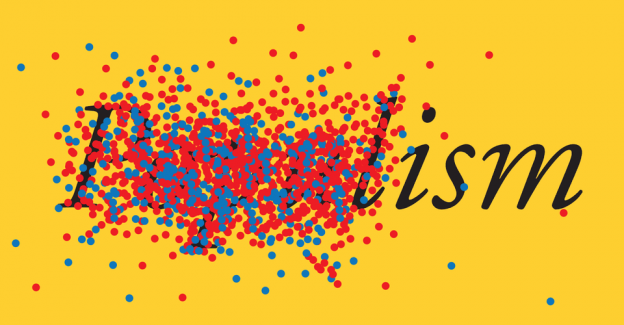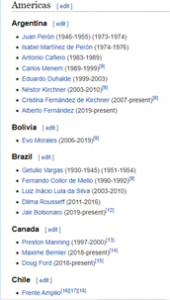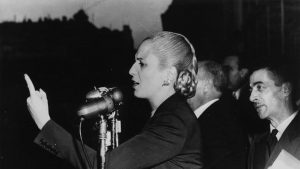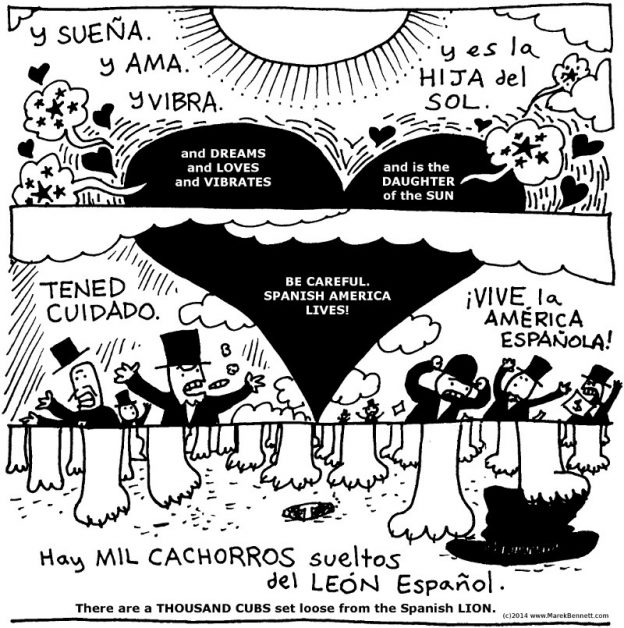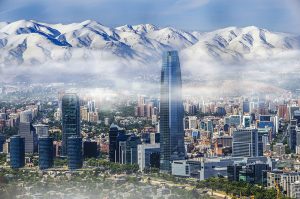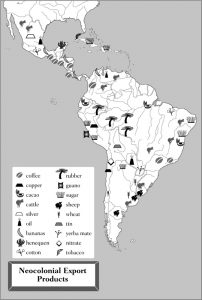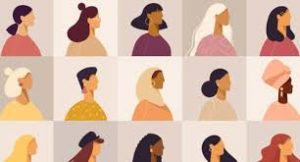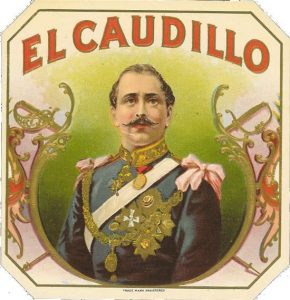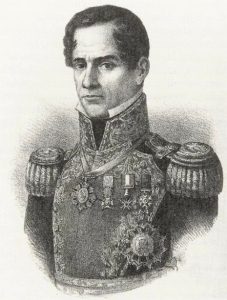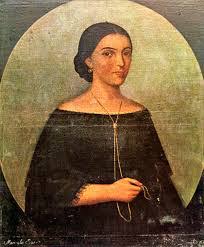Sarita Ponce
November 17, 2020
The research that I am doing for this video project is to establish a concise biography for General Antonio López de Santa Anna. The following resources should give an idea of who Santa Anna was and his role in the battle of San Jacinto.
This first resource comes from; https://www.pbs.org/weta/thewest/people/s_z/santaanna.htm. I chose this resource as it came from a .org website and it looks to be fact based and less opinion based. I chose this resource because it allows me to be able to describe Santa Anna’s life and his impact on Mexican history. I learned a lot about how he became a prominent leader and all about his downfall. It was interesting to understand how self centered he was, and ignorant to the real threat the US posed to Mexico. I found it interesting that at one-point Santa Anna was bored of his presidency and decided to leave the responsibility to his Vice President. Even though this text is short I found it highly informative, and it helped me understand his role in the San Jacinto.
Santa Anna is well known for his self-centered attitudes and his participation in selling a large portion of Mexico to the US. He was born in 1794 in Ver Cruz, and he quickly began his climb up the army ranks at the age of sixteen. Santa Anna began as a cadet and made his way up to the highest ranking General.
He began his career by fighting for the Spanish in the Mexican Independence war. He later switched sides to fight for Mexican Independence in 1821. This same year he was given the highest general position. 8 years later the Spaniards tried to reconquer Mexico, but Santa Anna was able to led and win. This increased his reputation within Mexico.
In 1833, Santa Anna was the popular vote in the presidential election. In the span of 22 years Santa Anna was elected eleven times. In 1835 the battle of San Jacinto, Santa Anna grew “careless and over-confident” and lost the battle to Sam Houston (an American). He later lost half of his left leg in the battle of Vera Cruz in 1838. Because of his self centered nature, he made a spectacle of his lost limb and had a burial for his leg.
Santa Anna is a figure Mexico is not proud of, especially because he sold so much of Mexican land to the US. San Jacinto was the last straw for the Mexican citizens, Santa Anna’s clear disregard for preparation and understanding of the threat in front of him resulting in Mexico losing the fight. Santa Anna was determined to help his country and yet it seems that his own vanity was what made him unsuccessful.
The second resource I have chosen to talk about is a online resource from the museum of San Jacinto. This resource is important as it speaks to the events that occurred during the San Jacinto battle. The battle that started it all is the battle of Alamo in 1835. I was started by General Martin Perfecto de Cos. Cos lost this battle at Alamo, and it left both himself and Santa Anna disappointed. Cos then found a way to win a new battle at Alamo in 1836. This resulted in Santa Anna beginning the battle of San Jacinto.
San Jacinto began because Santa Anna split his army to survey Texas. Santa Anna was upset because this was not his intention, he was not looking for another battle. Regardless, he had to fight. Unfortunately, the Texans were organized, they were prepared for the fight. Santa Anna and the Mexican army were unprepared and it resulted in Santa Anna being caught and imprisoned.
Santa Anna was eventually released. The battle against the French was next, in 1838. This was the battle were Santa Anna lost his left leg. After he won this war with his army, Santa Anna proceeded to move in and out of the popular vote amongst Mexicans and exile. When he retired in 1874, he wrote memoirs, he passed away two years later.
I found this resource interesting as it reason or rather a timeline of events that led up to San Jacinto and he eventual death. It was interesting to learn that Santa Anna was not necessarily self centered or conceited nature but maybe his pride that made him and his army so vulnerability. Its interesting to think that after the war with France he made it a point to have a burial for his leg.
I think that Santa Anna was someone who was largely used to fight Mexico fights, he was elected eleven times. If they truly liked his lead why not keep him in office? Santa Anna had his flaws, but he did help Mexico gain their independence and he fought to make sure they stayed independent. Unfortunately, he is hated for selling so much of Mexican land to the US. So, the question remains did Santa Anna help or hurt Mexico?
Resource url: https://www.sanjacinto-museum.org/The_Battle/Commanders/Santa_Anna/#Pane2
Sarita 🙂

